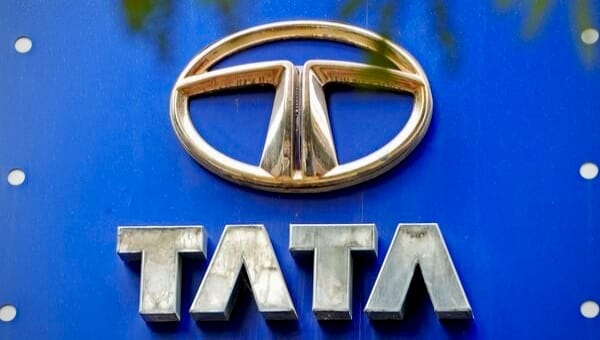
Global central banks and policymakers worldwide are currently navigating a complex and often divergent path in their efforts to combat persistent inflation, a phenomenon that has profoundly reshaped the economic landscape over the past two years. From Washington D.C. to Frankfurt, and from London to Tokyo, financial authorities are implementing a range of monetary policy tools, primarily interest rate hikes, to cool demand and restore price stability, all while attempting to avert a deeper economic recession. The synchronized yet varied responses highlight the unique challenges each region faces, influencing everything from market stability to the daily cost of living for billions.
The Evolving Global Inflationary Landscape
The roots of the current inflationary surge are multifaceted, stemming initially from the robust rebound in demand following the COVID-19 pandemic lockdowns, which outpaced supply capabilities. This was exacerbated by extensive supply chain disruptions and bottlenecks across various industries. The situation was further compounded by Russia’s invasion of Ukraine in early 2022, which triggered significant spikes in global energy and food prices, adding immense pressure to consumer and producer costs worldwide. Major economies like the United States and the Eurozone saw inflation rates soar to multi-decade highs, pushing central banks into an aggressive tightening cycle.
However, the inflationary pressures have not been uniform. While Western economies grappled with overheated labor markets and strong consumer spending, some Asian economies, notably China, faced deflationary concerns amidst a property market downturn and subdued domestic demand. This divergence presents a critical challenge for global economic coordination, as the policies of major players invariably spill over into international markets. “The post-pandemic inflation was a global shock, but its transmission mechanisms and resilience vary significantly by region,” explains Dr. Anya Sharma, a lead economist at Global Insights. “Factors like fiscal stimulus levels, energy import dependency, and labor market dynamics have dictated the local central bank’s agility and policy intensity.”
Central Bank Responses: A Mix of Aggression and Caution
In response to soaring prices, the U.S. Federal Reserve, the European Central Bank (ECB), and the Bank of England (BoE) have embarked on their most aggressive interest rate hiking campaigns in decades. The Federal Reserve, for instance, raised its benchmark rate eleven times between March 2022 and July 2023, bringing it to a 22-year high. Similarly, the ECB and BoE have consistently increased rates, signaling a firm commitment to bring inflation back to their target levels, typically around 2%. These actions have aimed to cool demand, make borrowing more expensive, and thereby reduce inflationary pressures in the economy. Quantitative tightening, the process of reducing central bank balance sheets, has also been employed to withdraw liquidity from the financial system.
In contrast, other major central banks have taken a different approach. The Bank of Japan has largely maintained its ultra-loose monetary policy, citing subdued domestic inflation and wage growth, standing as an outlier among its G7 peers. China’s central bank, the People’s Bank of China, has moved in the opposite direction, implementing targeted rate cuts and other easing measures to stimulate its faltering economy. These divergent strategies reflect unique domestic economic conditions and policy priorities, but they also create complexities for global capital flows and currency markets, as interest rate differentials widen or narrow.
Market Reactions and the Future Outlook
The aggressive tightening by major central banks has sent ripples through global financial markets. Bond yields have surged, making government and corporate borrowing more expensive, while equity markets have experienced periods of significant volatility as investors weigh the impact of higher rates on corporate earnings and economic growth. Currency markets have also been affected, with the U.S. dollar strengthening against many peers during periods of Fed hawkishness, impacting trade dynamics and the cost of imports for other nations. Businesses and consumers, in turn, have faced higher borrowing costs for mortgages, loans, and credit, contributing to a cost-of-living crisis in many regions.
Looking ahead, the global economic outlook remains delicately poised. While inflation has shown signs of easing in many developed economies, particularly as energy prices stabilize and supply chains improve, core inflation (excluding volatile food and energy components) remains stubbornly high, indicating embedded price pressures. Central banks are now grappling with the difficult task of determining when to pause or reverse their tightening cycles without reigniting inflation or pushing their economies into a deep recession. The debate among economists focuses on the likelihood of a “soft landing” versus a more severe downturn, with geopolitical events and ongoing fiscal policy decisions continuing to exert significant influence. The coming months will be critical in assessing whether current policies have successfully anchored inflation expectations and paved the way for sustainable economic growth.
“`








